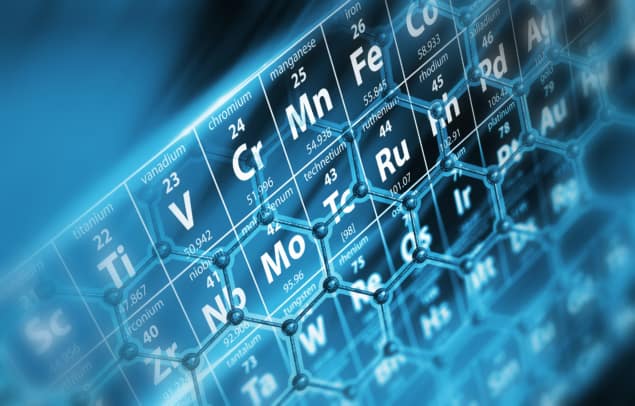
Fair play to Rupert Pennant-Rea. Embarrassed by his lack of scientific knowledge, the 70-year-old former deputy governor of the Bank of England and ex-editor of the Economist recently revealed he was studying for a GCSE in science – an exam normally taken by teenagers at 16. But while reading about his scientific efforts in the Financial Times, I was shocked to discover that Pennant-Rea had, until a year ago, never heard of the periodic table.
Really? So in all his time writing about and analysing the business world, Pennant-Rea had never known about the diagram that hangs in every science classroom around the world and lists every element according to its atomic number? I’m struggling to find the right analogy, but surely not knowing about the existence of the periodic table is like saying you’ve never heard of the stock market. Or the United Nations. Or cheeseboards.
Just as well, then, that UNESCO has designated 2019 the International Year of the Periodic Table, which is officially being launched today at its headquarters in Paris. This year will see chemists and physicists celebrating the 150th anniversary of Dmitri Mendeleev’s seminal attempt to order elements in a systematic fashion for the first time. Dated 17 February 1869 in the Julian calendar, Mendeleev’s hand-drawn table evolved over the years, with the lead feature of February’s issue of Physics World describing how one particular version – of the hundreds crafted since – became the table we know and love today.
As I’m sure Pennant-Rea now appreciates, the periodic table is a thing of beauty and logic. It currently lists 118 elements, each of which is given a one- or two-letter symbol (can you name all 14 with just a single letter?). The elements are arranged into vertical “groups” and horizontal “periods”. The table can also be viewed as having three “blocks”, one of which – containing lanthanides and actinides – is often offset from the rest of the table.
Each element’s place in the table is its atomic number, but when Mendeleev drew up that first table at St Petersburg University, no-one realized what the number corresponded to. We know now, of course, that fluorine, say, is ninth in the table as its atoms each have nine protons. And its atomic weight is 19 as there are 10 neutrons. Intriguingly, fluorine is one of only 22 elements that have just a single stable isotope.

An unelementary affair: 150 years of the periodic table
Many physicists can be snooty about chemistry, and will nod at Ernest Rutherford’s alleged dictum that all science is “either physics or stamp collecting”. But the periodic table is an attempt to bring order to chemistry and there is much to be learned from it in terms of atomic radii, ionization energies and shell structure. I’d even argue that the table these days is as much about physics as it is about chemistry. Indeed, when it comes to the super-heavy elements, whose fleeting existence can be proved only by combing through nuclear decay chains, it’s physicists who have led the way.
Click here to watch a livestream of the launch ceremony in Paris.



